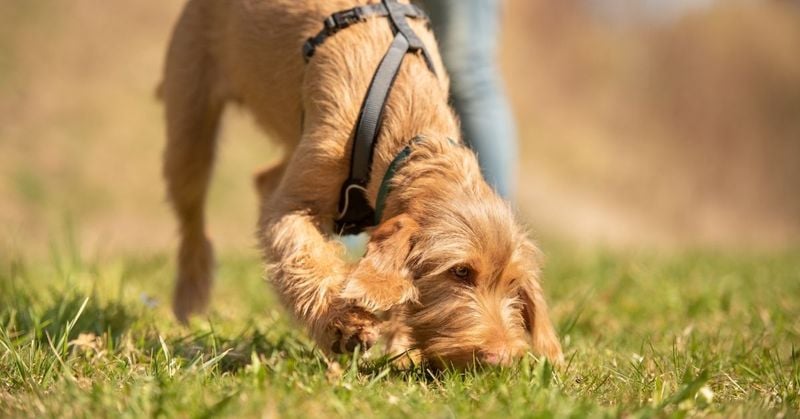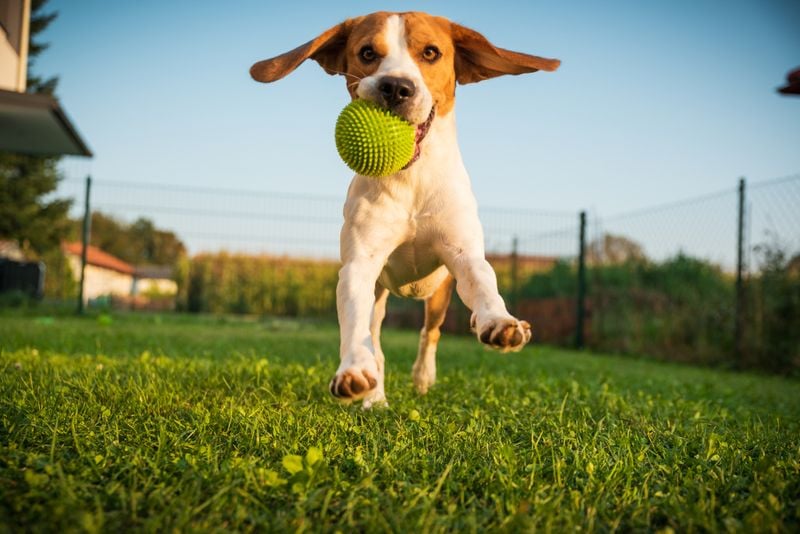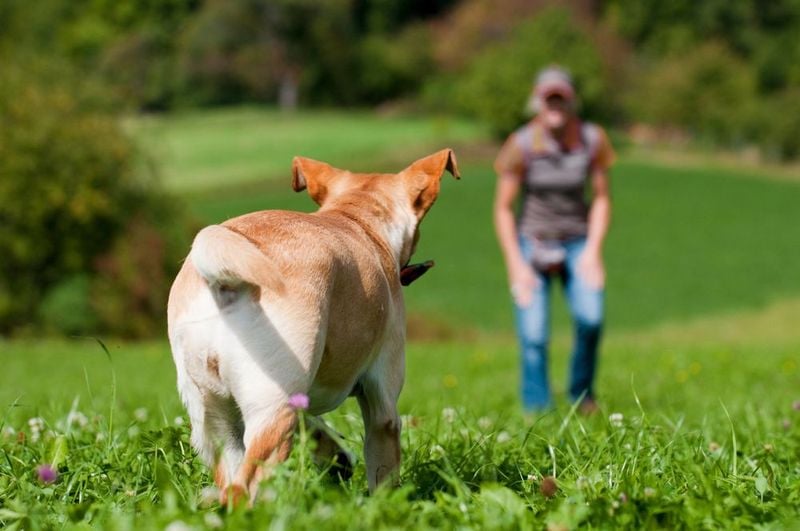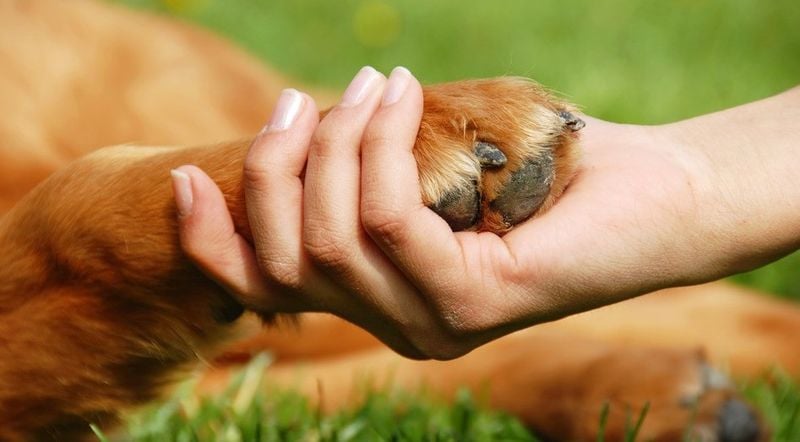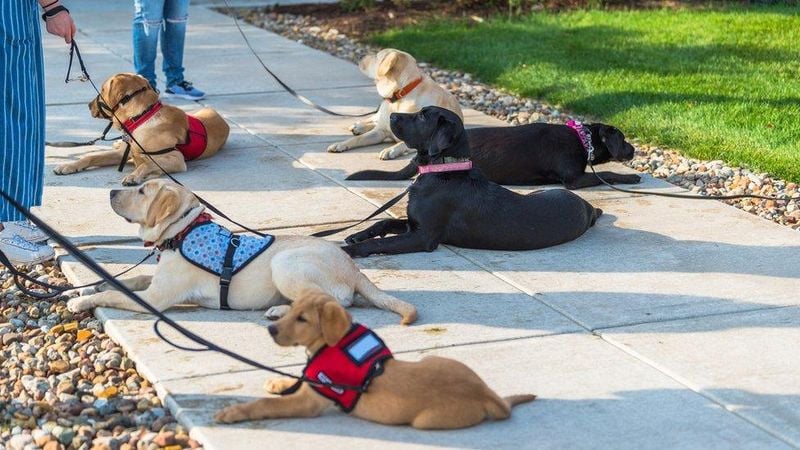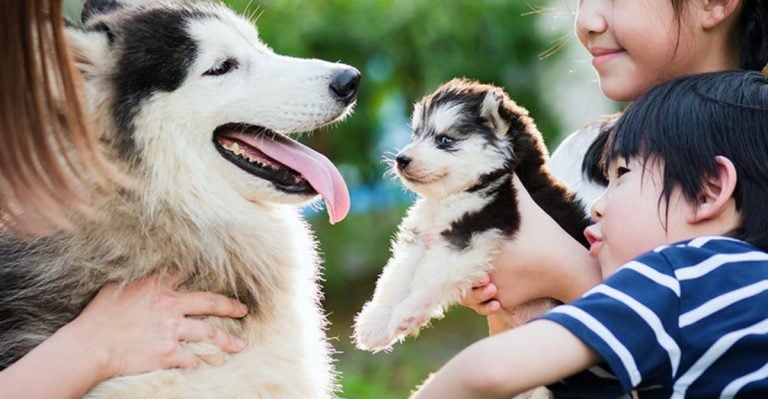12 Fascinating Facts About Your Dog’s Self-Awareness
Have you ever wondered what’s really going on in your dog’s mind? Whether they’re tilting their head in curiosity, reacting to your emotions, or navigating their way through a new environment, our furry friends are far more perceptive than we often realize. While dogs may not experience self-awareness in the exact way humans do—no deep existential thoughts or mirror selfies—they exhibit a surprising and sophisticated understanding of themselves and the world around them.
From recognizing their own scent to adjusting their behavior based on whether someone is watching, dogs possess cognitive abilities that point to a form of self-awareness uniquely their own. These traits are shaped by their instincts, social nature, and close relationships with humans. As science continues to explore canine cognition, one thing becomes clear: there’s a lot more going on behind those soulful eyes than just tail wags and treats.
By learning about these remarkable traits, you’ll not only gain a deeper appreciation for your dog’s inner life—you’ll also strengthen the connection you share. Here are 12 fascinating facts that shed light on your dog’s self-awareness and what it means for your bond with them.
1. Scent Recognition Masters
Dogs can identify their own scent among others, showing a fundamental form of self-recognition. When presented with urine samples, they spend less time investigating their own compared to those from other dogs, indicating they recognize ‘that’s me!’
This scent recognition extends beyond just marking territory. Your dog uses their powerful nose to create a mental map of who’s who in their world, including their own place in it.
Scientists believe this scent-based self-recognition might be more relevant to dogs than visual recognition since their primary sense is smell rather than sight.
2. Body Awareness Brilliance
Your dog knows exactly where their body ends and the world begins. Research shows dogs can solve body-awareness tasks, like moving their bodies to complete an objective.
For example, they understand when their tail is too wagging too much for a narrow space! Dogs adjust their movements based on their size and shape. A Great Dane navigates furniture differently than a Chihuahua because they’re aware of their body dimensions.
This awareness develops early in puppyhood as they learn to navigate their environment, jump onto furniture, or squeeze through tight spaces without getting stuck.
3. Mind-Reading Your Moves
Ever notice your dog waiting by the door before you’ve even reached for your keys? Dogs develop an uncanny ability to predict their owners’ behaviors through pattern recognition and observation.
Your furry friend picks up on subtle cues – the sound of your alarm, the way you put on certain shoes, or even changes in your breathing patterns. They create mental maps of your routines and can anticipate what you’ll do next.
This predictive ability isn’t just clever – it’s an evolutionary adaptation that helped dogs form successful partnerships with humans. By anticipating our actions, they became more valuable companions throughout history.
4. Seeing Through Your Eyes
Dogs understand that you have a different perspective than they do. When a toy rolls under furniture where they can’t see it but know you can, they’ll look to you for help rather than continuing to search blindly.
Research demonstrates that dogs will change their behavior based on what they believe you can or cannot see. They’re more likely to steal forbidden food when you’re not looking or when your view is blocked.
This perspective-taking ability shows dogs grasp that others have different viewpoints and information – a sophisticated cognitive skill once thought unique to primates and a few other highly intelligent animals.
5. Learning From Mistakes
Remember when your dog jumped on that electric fence? They probably never did it again! Dogs learn from past experiences and modify their behavior accordingly, showing they maintain a sense of their past actions.
This isn’t just simple conditioning. Dogs can recall specific events and their consequences, then apply that knowledge to new situations. A dog who once got their nose stung by a bee will be more cautious around buzzing insects in the future.
Their ability to learn from mistakes extends to social situations too. Dogs who have had negative interactions with certain types of people or animals will often show wariness in similar future encounters.
6. Cause and Effect Comprehension
Your dog understands that pushing a ball makes it roll or pawing at you gets attention. This grasp of cause and effect reveals a sophisticated level of cognitive awareness that helps them navigate their world.
Dogs quickly learn which actions produce desired outcomes. Press a lever, get a treat. Bring a ball, start a game. This understanding allows them to manipulate their environment intentionally.
Beyond simple actions, dogs can understand more complex causal relationships. They recognize that dark clouds might mean thunder (which they may fear), or that the sound of a can opener might mean dinner is coming. This awareness helps them predict and prepare for what happens next.
7. The Guilty Look Phenomenon
That hangdog expression when you discover a chewed-up shoe isn’t exactly guilt as we understand it. Research suggests dogs display these behaviors in response to your reaction rather than their own sense of wrongdoing.
Dogs learn to associate certain actions with negative owner responses. The guilty look—ears back, head down, avoiding eye contact—is actually a submissive response to your displeasure, not an admission of moral failing.
Interestingly, dogs will show these guilty behaviors even when they haven’t done anything wrong, if their owner believes they have. This suggests they’re reacting to your emotions and expectations rather than their own awareness of having broken rules.
8. Mirror Test Mysteries
Unlike elephants or chimpanzees, dogs typically fail the classic mirror self-recognition test. They don’t recognize their reflection as themselves, often treating it as another dog or ignoring it altogether.
However, this doesn’t mean dogs lack self-awareness. The mirror test is visual-centric, while dogs primarily experience the world through smell and sound. Judging dog intelligence by human-designed tests misses their unique cognitive adaptations.
Some researchers have developed scent-based self-recognition tests that dogs pass with flying colors. When given the choice between their own urine scent and modified versions of it, they show clear recognition of their personal scent signature—their olfactory version of a reflection.
9. Name Recognition Nuances
Your dog doesn’t just recognize their name—they understand it refers specifically to them! This naming response demonstrates a basic form of self-awareness that develops through consistent social interaction.
Dogs can distinguish their name from similar-sounding words and respond even in noisy environments. Many dogs also recognize nicknames and variations of their name, showing flexible understanding of their personal identifier.
Brain scans reveal that a dog’s brain activates in specific patterns when they hear their name versus other words. This neurological response indicates they have a concept of themselves as distinct individuals who can be addressed and called upon—a fundamental aspect of self-awareness.
10. Self-Imitation Skills
Dogs can be trained to imitate their own previous actions on command. When taught the cue “do it again,” they can repeat behaviors they just performed, showing awareness of their past movements.
This ability requires them to hold a mental representation of what they just did—a form of self-awareness that involves remembering their own actions. Not all animals can do this! The “Do as I Do” training method builds on this capacity, teaching dogs to copy human actions.
Dogs who master this skill demonstrate not only awareness of their own bodies but also the ability to compare their actions to those of others—a sophisticated cognitive feat that bridges self-awareness and social learning.
11. Audience Awareness Adaptations
Dogs change their behavior when they know they’re being watched. Studies show they’re more likely to disobey commands when their owner isn’t looking or is distracted, showing they understand when attention is focused on them.
This awareness extends to play behaviors too. Dogs perform more attention-seeking behaviors when they have an audience and will often look to their humans during play for reaction and engagement.
Some dogs even adjust their facial expressions based on human attention. Research has found they produce more expressive faces when humans are looking at them compared to when humans are turned away—suggesting they deliberately communicate with us when they know we’re watching.
12. Social Self-Awareness
Unlike humans, whose self-awareness develops largely through visual and internal reflection, dogs’ sense of self is primarily social. They understand themselves in relation to their pack—whether that’s other dogs or their human family.
Dogs constantly assess their social standing through interactions. They adjust their behavior based on who they’re engaging with—showing deference to those they perceive as higher ranking and confidence around those they consider subordinate.
This social self-awareness explains why isolation is so difficult for dogs. Without others to interact with, they lose an important reference point for understanding themselves and their place in the world. Their self-concept is continuously reinforced through social feedback.

